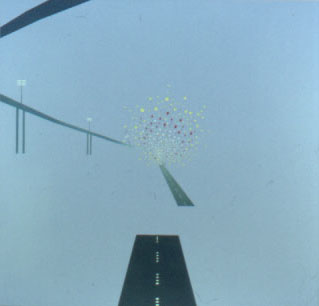Synthesis: Retro-Avant-Garde, or, Mapping Post-Socialism in Ex-Yugoslavia
One always searches for some symbolic point from which one can claim that something ended and something else began, even though there are no beginnings and no endings. From a Western European or an American point of view, the changes that affected Eastern Europe were symbolically marked by the tearing down of the Berlin Wall. From an ex-Yugoslavian perspective, this point would be the death of Tito in 1980. How will we be able to symbolize this developing, but as yet un-completed, so-called “new world order”? Sol Yurick has called this new world post-industrialist, post-modern, post-nationalist, post-neocolonial, post-structural, porous- bordered,




